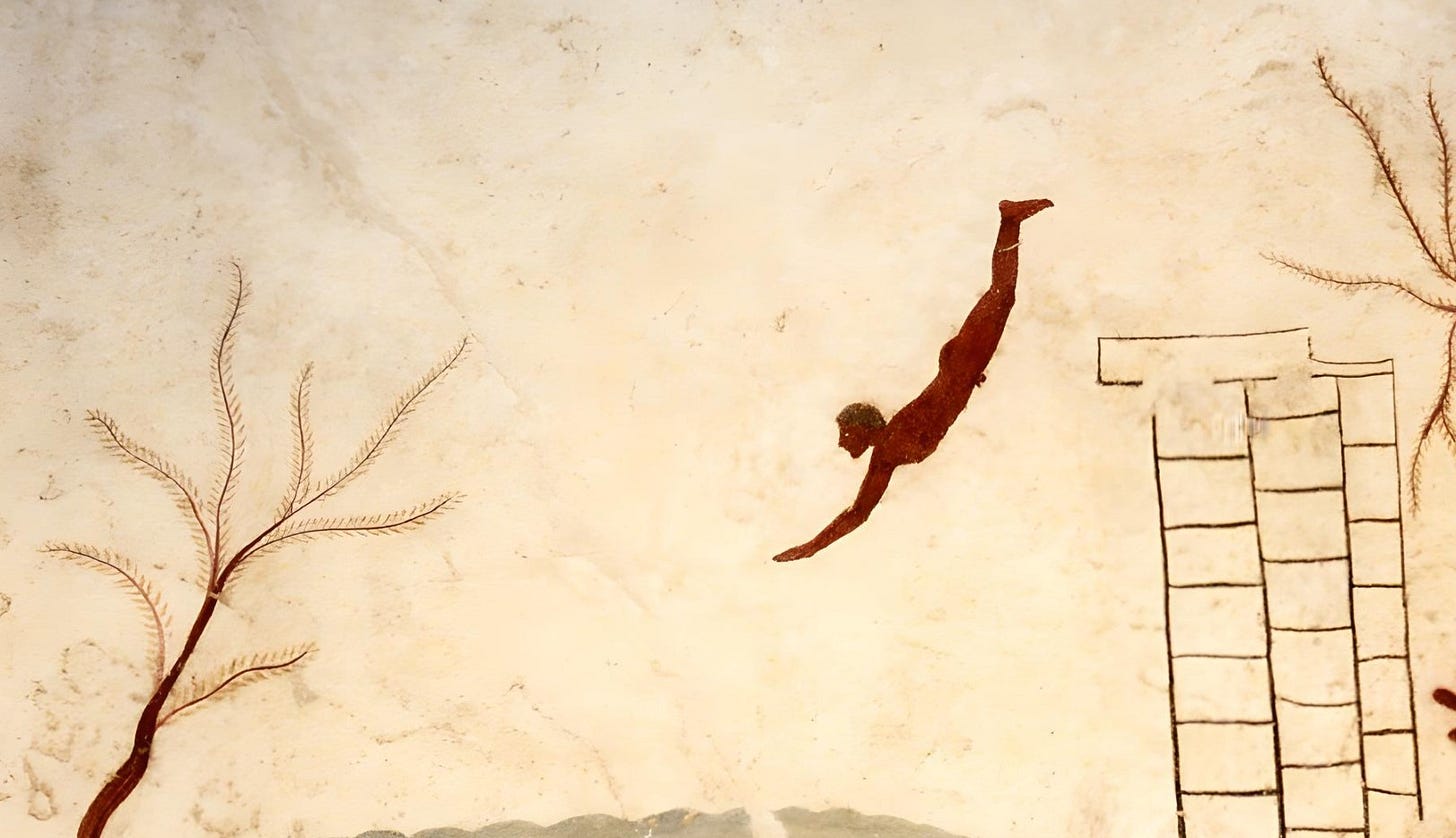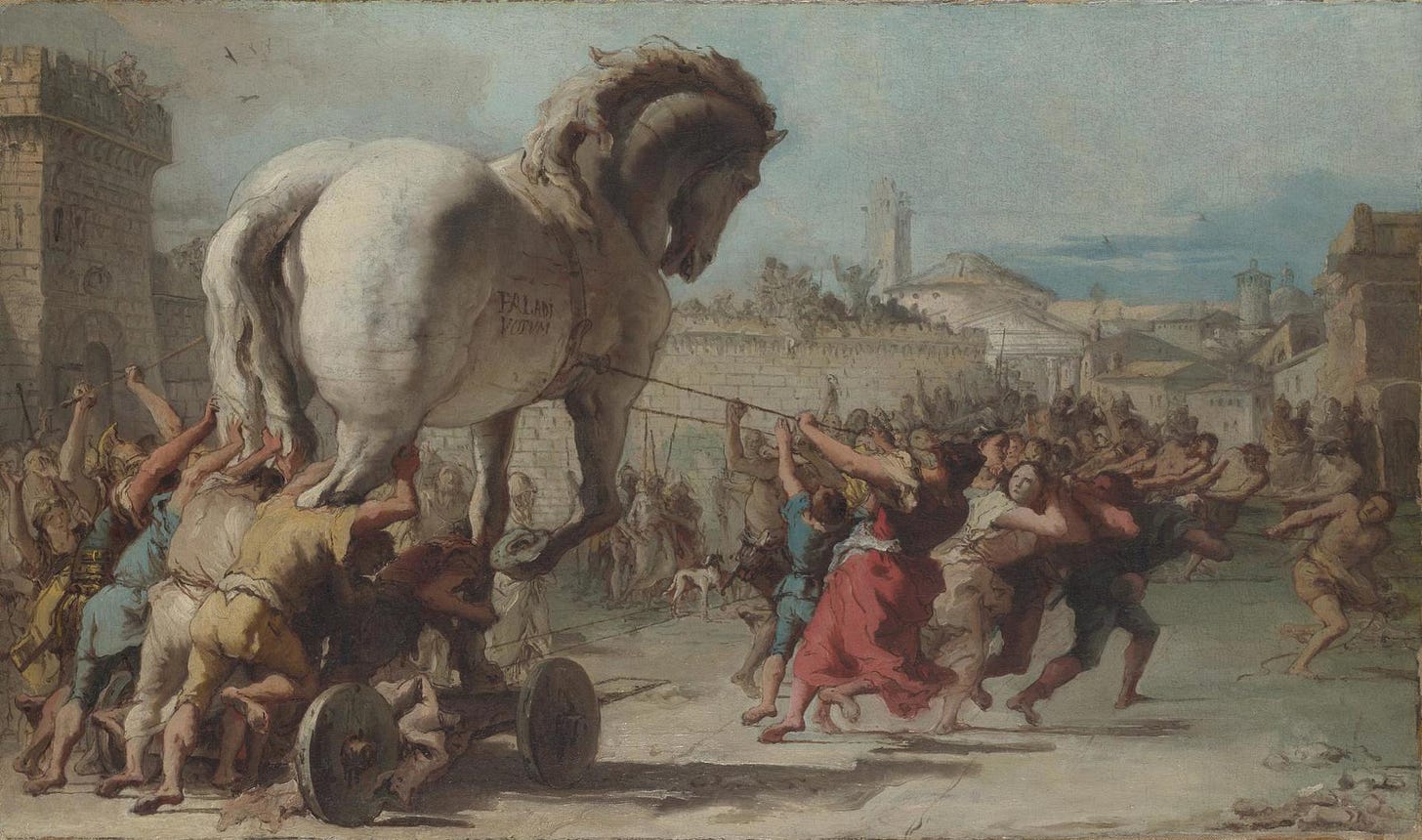My company Moylan Communications has been operating for just over a year now - and I am delighted to say it’s going well!
That said, it hasn’t been an easy experience. It’s taken a lot of work and I’ve learned a lot of lessons along the way. For my last newsletter of the year I wanted to take a moment to reflect on the past year and offer some (non-comprehensive) reflections on what I’ve learned while setting up a policy communications agency.
For those unfamiliar with the expression, policy communications is a specialised area of communications focusing on passing messages on policies, regulations or governmental decisions to both specialist and non-expert audiences. It aims to persuade, influence narratives and make complex policy issues accessible and understandable to stakeholders, decision-makers and the broader public.
In practice, this means my team and I draw on expertise and experience in both policy and communications. We work with governments, institutions, civil society and associations to analyse their policy goals and suggest ways that communication can smooth their path (or even achieve them!)
1. Everything should be in phases
When I started I would jump into every project head first. It came from a place of enthusiasm and a desire to show my worth. Now after I have seen a few projects unfold, I take a more thoughtful, gradual approach.
When working with new people, whether client or consultant, you need to give space for both sides to build trust. I find it helpful to think in phases. Early phases focus on producing small wins and understanding how each party likes to work. After you understand each others’ goals and working methods, and have built some trust between you, you can become a little more ambitious in your goals.
Now we phase relationships just like how we phase work plans and projects. We will break it down into five phases: diagnosis, proposal, strategy, implementation and evaluation - then make adjustments and repeat.
Breaking things into phases has helped me communicate to clients clearly, set expectations effectively and ultimately gives me a lot of peace of mind.
2. Don’t go it alone

Moving from 10 years working in the European Commission where I was surrounded by colleagues, friends and support systems to building something from scratch was tough. It can be quite lonely and stressful. I did not help myself either - I can be stubborn when it comes to challenges and I like to solve problems without asking for help.
Eventually I began to reach out more and more to my community of comms nerds and specialists around the bubble. I started collaborating more and bringing people in on projects. I found this not only increased my overall happiness - it improved my work and expanded my business too!
These days I’m delighted to be working with a lovely team. Charline Feurtey is keeping my operations running, while Georgina Unsworth and Victoria Macdonald are leading on different accounts, and strategic advisers Kasia Kowalewska and Gail Rego are supporting work on various projects.
This team in turn is supported by an excellent network of collaborators, creatives and specialists like Gabriella Mikiewicz (on paid digital campaigns), Yoran Staas (on video content) and Emma Kersalé (on art direction and graphic support).
3. Study the organisation
Your organisation is weird, it has quirks and has built unnecessary obstacles that you need to negotiate around every day. It’s okay, you’re not alone and nobody blames you for it. A big focus of my work has become learning the working methods, cultures and baggage of different organisations. A deep understanding of (and ideally an affection for) a client helps me design better projects for them.
Often it’s about finding a balance between what a medium or platform demands, what an audience needs and what an organisation wants to or is able to do. You can pitch all the innovative ideas you want, but a good idea is not a good idea if it can’t be implemented in the place you’re working.
I start achievable and align with the pace and comfort of the client. Then, as we build credit and demonstrate success, I gradually become more ambitious over time. Ultimately, building a partnership with a client is about joining them on their journey, not dragging them somewhere uncomfortable.
4. Deliver long-term value (whether they ask for it or not)
I try to make sure that every project has a lasting strategic component that the organisation can use in the long term. If we are helping you create some content, we might develop some audience personas for you. If we are running an event, it’s an opportunity to grow your mailing lists. Often it simply starts with helping you better align your communication objectives with your policy goals.
We pride ourselves on producing high-quality work, but our ultimate goal is to make clients better communicators. It’s good for the client, who gets more lasting value. It’s also good for my agency. It helps us understand how to deliver better projects, strengthens relationships and opens the door to proposing more ambitious projects in future.
5. Go for equal investment in a project
The best work comes out when both the client and the agency are equally invested in the project. As policy communicators we learn as much about the policy as we can, but the client will always be best placed to give guidance and make key decisions. It’s not about one side leading and the other following or dumping tasks on someone’s desk - it’s about working together to create the best outcome.
At my heart I am (like many others in the Brussels bubble) a policy nerd. Policy making is the main reason we’re all here, doing what we do - but I also see communication as a critical component of that process. I want to find clients who share that outlook, make nice things for them and have fun while we do it.
Get in touch
If you’re in need of communication support in the policy space and any of this resonates or looks attractive, let’s chat. Whether you’re curious about a specific project or just want to check in, I’d love to hear from you.
My email: tom@moylan.eu








I still miss my team, too.